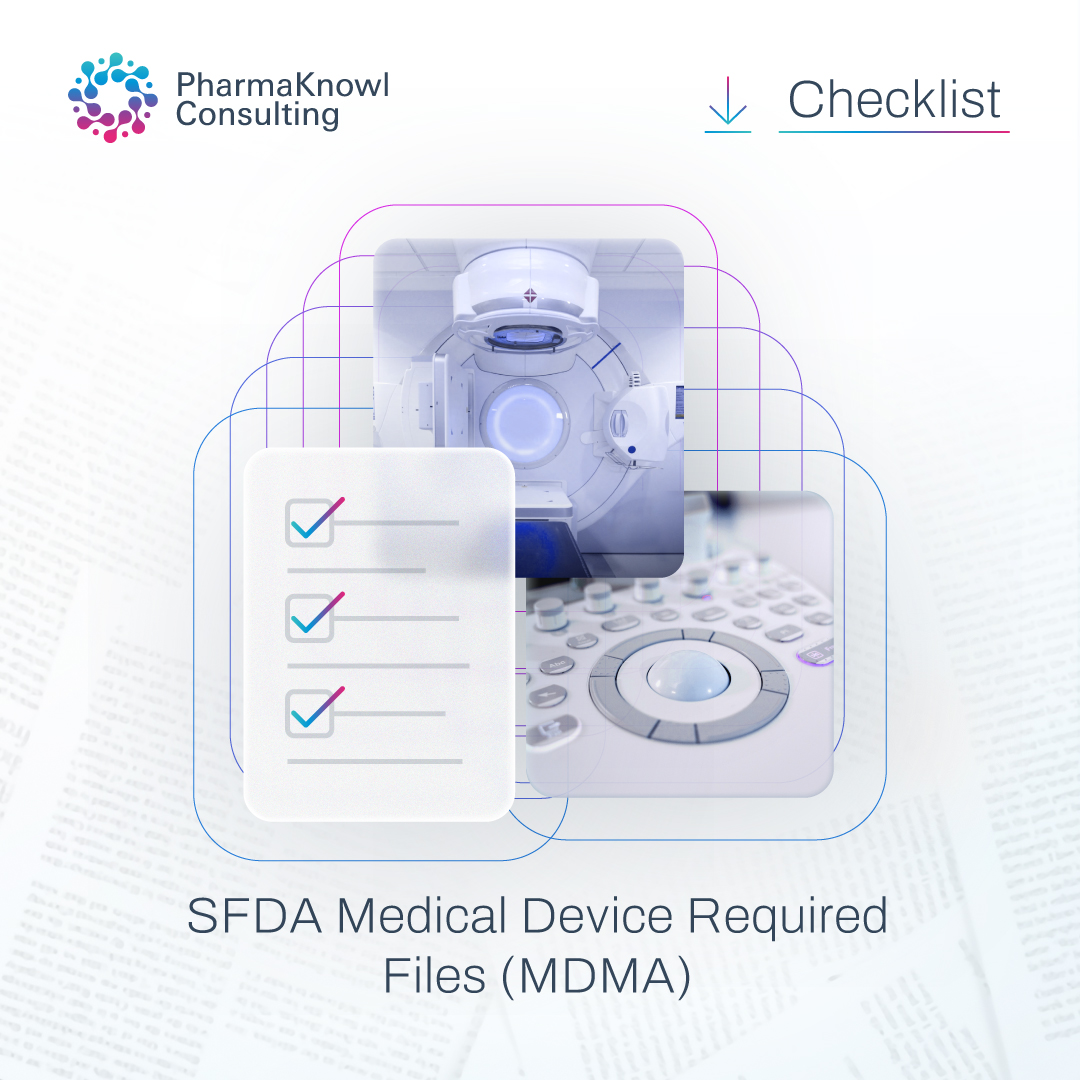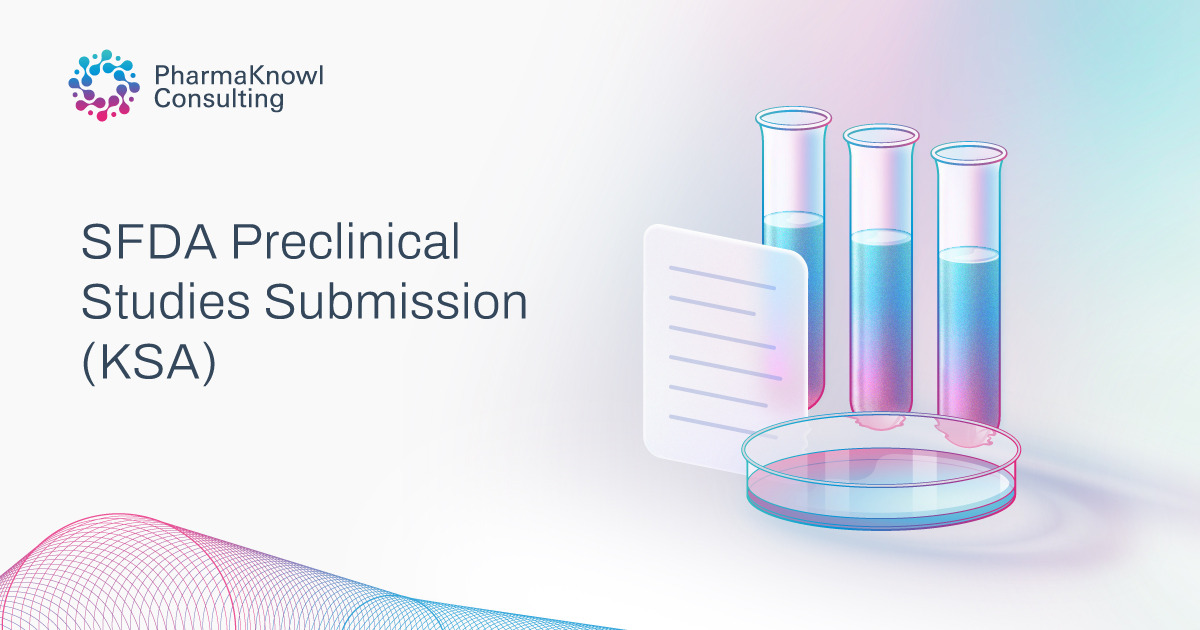
About the Author
Regulatory Editor
Published by regulatory affairs team in PharmaKnowl, Riyadh office.
Herbal veterinary products are plant-based substances that treat or manage animal health conditions. However, the fact that a product is herbal does not necessarily qualify it as a medicinal product. For instance, if there is no therapeutic claim and only a trace of crushed leaves in the feed supplement, it will most likely be considered outside the scope of the SFDA for drug registration.
This article describes veterinary herbal products in Saudi Arabia in easy terms and explains their classification. It also outlines factors for companies to consider when planning to register their herbal cures with the SFDA.
Table of contents
Introduction
Herbal veterinary medicines, derived from plants, function similarly to conventional drugs, helping to address various animal health issues. If a product has a little bit of dried or crushed herbs mixed into animal feed and doesn’t claim to treat any specific illness or have notable benefits at that dose, it’s not considered a herbal medication.
Classification
There’s no official list of categories, but the SFDA often talks about these types:
| Product Type | How It’s Typically Defined |
|---|---|
| Generic Veterinary Medicines | These must show bioequivalence and have the same active components and pharmaceutical form as a reference product. |
| Similar Biological Veterinary Products | These biological veterinary products are comparable, but not identical, to an approved reference product. Additional information on safety, immunogenicity, and efficacy may be needed for approval. |
| Herbal Veterinary Medicines | These are medicines made from plants used to cure or prevent animal diseases. Claims must be supported by research or traditional use. |
It is recommended that the product’s classification be made in advance of registration, particularly for borderline products or herbal preparations. Classification determines which rules apply, the requirements, and the review process.
Herbal vs. Veterinary Drug Registration
| Parameter | Herbal Veterinary Products | Veterinary Drugs |
|---|---|---|
| Efficacy Evidence | Pre-clinical and clinical documentation or literature supporting risk-benefit balance, per SFDA guidelines | Full preclinical and clinical evidence or literature required |
| Safety Data | Limited toxicological information; may require residue studies for food-producing species | Detailed residue studies and toxicological studies are required |
| Quality Control | Focus on botanical identification and contaminant analysis. | Validated specifications for active pharmaceutical ingredients |
| Labeling Scope | Traditional or general health claims permitted (non-therapeutic) | Only approved therapeutic claims supported by data are allowed |
| Review Committees | Evaluated by both Herbal and Veterinary committees based on product nature | Primarily screened by the Veterinary Drug Committee |
Dossier Format and Key Modules
CTD Modules Overview
| Module | Key Content |
|---|---|
| Part 1 | Administrative Information, SPC and Product Literature, Critical Summaries (Quality, Safety & Residues, Efficacy). |
| Part 2 | Quality documentation, Manufacturing Method, Control of Starting Materials, Stability Tests, etc. |
| Part 3 | Safety data, Pharmacology, Toxicology studies |
| Part 4 | Preclinical and clinical data: Efficacy evidence and traditional use justification. |
When submitting herbal veterinary products, they use the Common Technical Document (CTD) format or the Veterinary Electronic Submission (vNeeS) format, just as with traditional veterinary drugs. Since these ingredients are of plant origin, Modules 1 and 3 require particular attention.
Module 1: Product and Administrative Information
Contains all administrative and product data required, such as:
- Application form and cover letter
- A current GMP certificate, Certificate of Pharmaceutical Product (CPP), and Certificates of Analysis (CoAs) for:
- Active herbal constituents
- Excipients
- The finished product
- Summary of Product Characteristics (SPC) and a Patient Leaflet (PL), both English and Arabic.
- Pharmacovigilance reports and pricing information.
Module 3: Quality Documentation
The main emphasis is placed on quality documentation, especially for herbal ingredients, necessitating:
- Botanical identification of all raw materials, including scientific (Latin) names, the specific part of the plant utilized, and the place of growth or origin.
- Standardization processes that define how the herbal extracts are quantified and controlled, e.g., by establishing marker compounds and utilizing validated assay processes to guarantee uniformity from batch to batch.
- Contaminant analysis, which shall include:
- Heavy metals such as lead, arsenic, cadmium, and mercury
- Pesticide residues as per local and international safety specifications
- Microbial quality such as total aerobic count, yeast/mold, and pathogens
- A step-by-step description of the manufacturing process shall include any in-process controls, together with the results of stability studies that validate the proposed shelf life of the product under defined storage conditions.
Considerations on Safety, Efficacy, and Residue
Although traditional use usually supports the use of herbal products, the SFDA requires applicants to provide sufficient scientific justification if a product is intended for animals that contribute to the food supply.
The application should include:
- Toxicological data is essentially for herbs where safety concerns are raised or used in higher quantities. If the studies are not available, the applicant must clearly explain and support their application with scientific reasoning.
- Residue depletion studies are for food-producing animals, such as cattle, poultry, or sheep. Such studies must determine the period over which residues persist in tissues, thereby helping to define a proper withdrawal period before animal products can be marketed.
- Efficacy may be evidenced from scientific literature, historical documentation, or traditional veterinary use. Where the product is based on tradition-based claims, SFDA expects proof that it has undergone at least 10 years of consistent veterinary usage. References of good standing or expert opinion may support this.
- Stability studies: The applicant should prove that the product maintains the same level of stability within its intended shelf life through physical and chemical testing and microbiological evaluations. All these tests were conducted under conditions that represent the actual storage environment of the product.
Registration Support
PharmaKnowl makes SFDA herbal veterinary drug registration easier. We handle everything from document preparation to proper labeling and compliance so you can run your business smoothly.
Contact us today to simplify your process.






